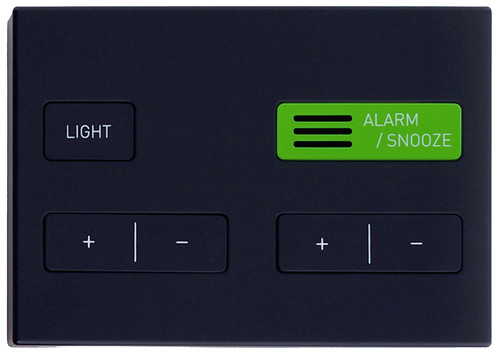Before we get into The Writing On The Wall I thought it would be best to talk about how I got into reading books like this. I didn’t start reading economics for fun until I read Will Hutton’s The State We’re In when I was in college. I was interested to find out what Hutton thought about China and the west in his new book The Writing On The Wall. China has a history of technological and legal progression going back three millenia and made an unprecedented move back to the forefront of the global economy.
The Writing On The Wall China And The West In The 21st Century by Will Hutton writes in a narrative style that would be familar to readers of The State We’re In. Hutton covers how the teachings of Confucius led to a ‘modern society’ in China when my ancestors were building Brú na Bóinne.
How the western colonial powers (notably the UK, France, Germany and the US) managed to embarrass and humble the celestial kingdom? The hard choices which the communist party had to make and the hard road that the country has walked to gain its present status and the challenges that the party faces in maintaining an even keel.
Whilst Hutton is critical of some Chinese measures, he points out were the west has made similar mistakes and the lessons learned from them. Some readers may feel mis-sold as Hutton discusses the global politics of energy and protectionism by the US. However the world is connected and I feel his discussion of the intertwined fates of the US and China is a valid one. More on China here.


